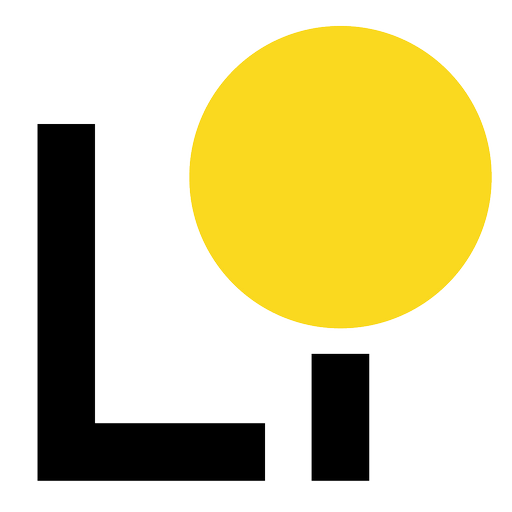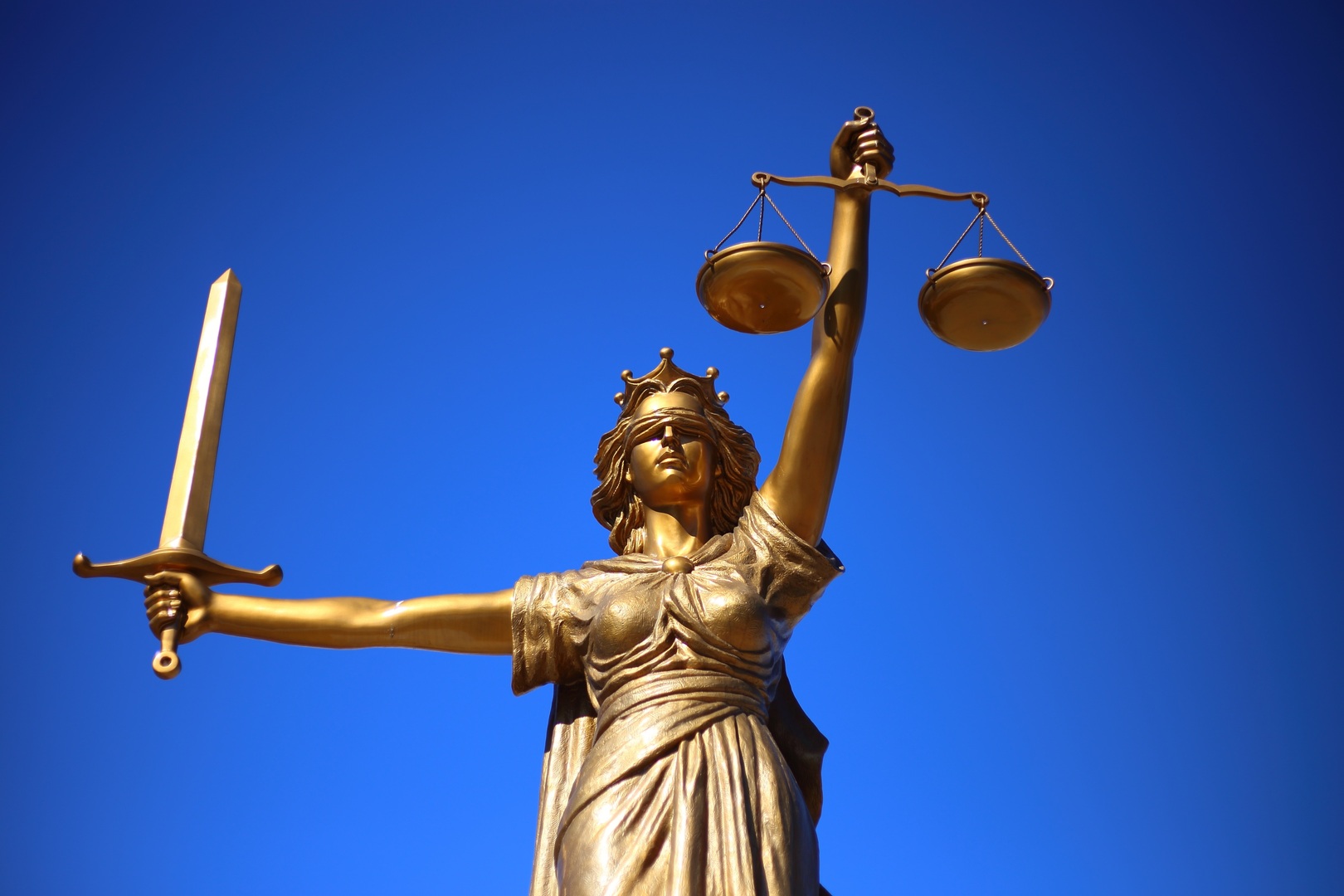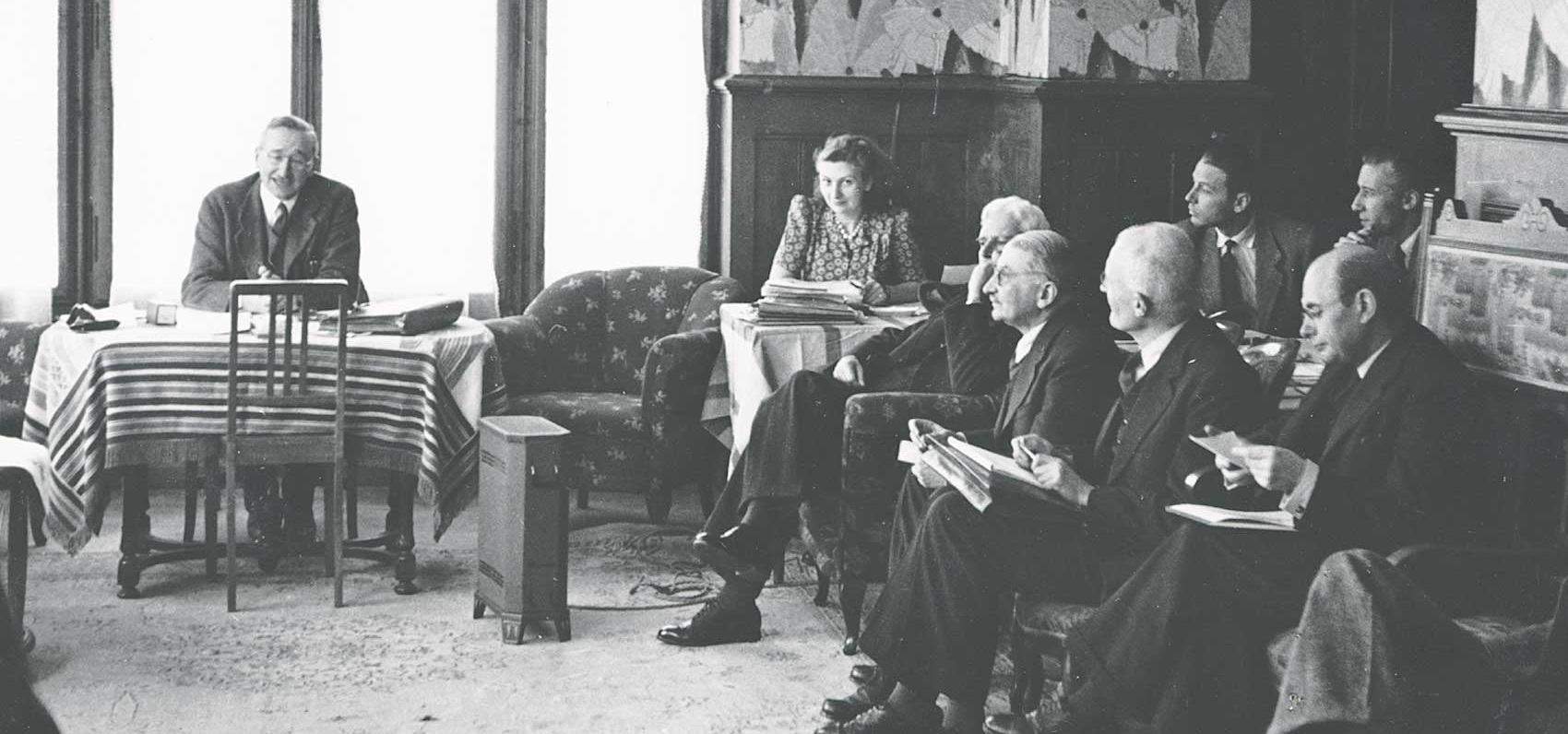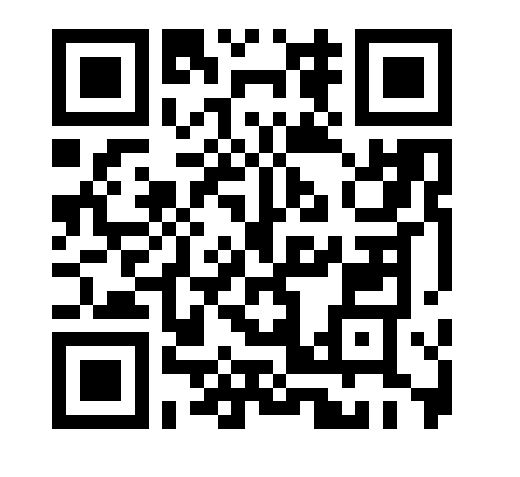Tax Freedom Day is an indicator that divides the year into two parts: the one when tax-payers work on coverage of public expenditures, and the second one when working for them. This interpretation is possible if we accept the following assumption: The state has no own money, only those from taxes and those from borrowing (these money will have to be repaid in the future, with interest). Acceptance of this assumption could not be big issue – this is reality.
Graph: Tax Freedom Day in the Czech Republic (2000 – 2012)

Note: The left axis (blue columns) shows a number of days that must be worked for covering all government expenditures. The right axis (curve) indicates a date of the DFD.
Source: Own calculations.
As shown in the graph above, the difference between last year and this year’s Tax Freedom Day is 6 calendar days (as mentioned: leap-year explains one from that 6 days). Anyway, Tax Freedom Day shift toward the New Year is unambiguously positive because it indicates the appetite of public institutions to spend taxpayers’ funds is relatively smaller. The shift of the TFD confirms cuts made by recent government in the fiscal area resulted in greater freedom of domestic taxpayers. But, immediately after saying this, it must be noted we still have many examples to catch up. The tax freest OECD country is, as regularly, South Korea. The Tax Freedom Day was celebrated on 23rd April, i.e. 47 days earlier than in the Czech Republic. In early May, the TFDs were welcomed in Australia (May 4th) and in Switzerland (May 6th). Taxpayers in our traditional benchmark country, Slovakia, have also more reasons to celebrate (1st June). So we can safely say there is still a space for real system fiscal adjustments, which, important to say, must be distinguished from improvements via accounting tricks.
To be complete, let‘s focus on the other end of the scale of tax free, or rather unfree countries.Denmark, as usual, closes the ranking with the Tax Freedom Day in August (on 12th Aug 2012). Taxpayers have to work 224 days to cover government outlays there. From the end of the ranking, we should mention even France (the second unfree country – 24th July) and Sweden (the third unfree country – 13th July).
More information is available on the brand new website www.dendanovesvobody.cz. (Note: all content is in Czech)

Institut liberálních studií je český klasicky liberální think tank se sídlem v Praze. Byl založen v červenci 2020. Institut liberálních studií byl založen s cílem rozvíjet a aplikovat ideje a programy založené na principech klasického liberalismu. Institut nepobírá žádné veřejné dotace a granty a ani se o ně neuchází.
Mezi lety 2020–2024 se jmenoval Liberální institut a navazuje na tradici původního českého Liberálního institutu, který fungoval mezi lety 1989–2020.





